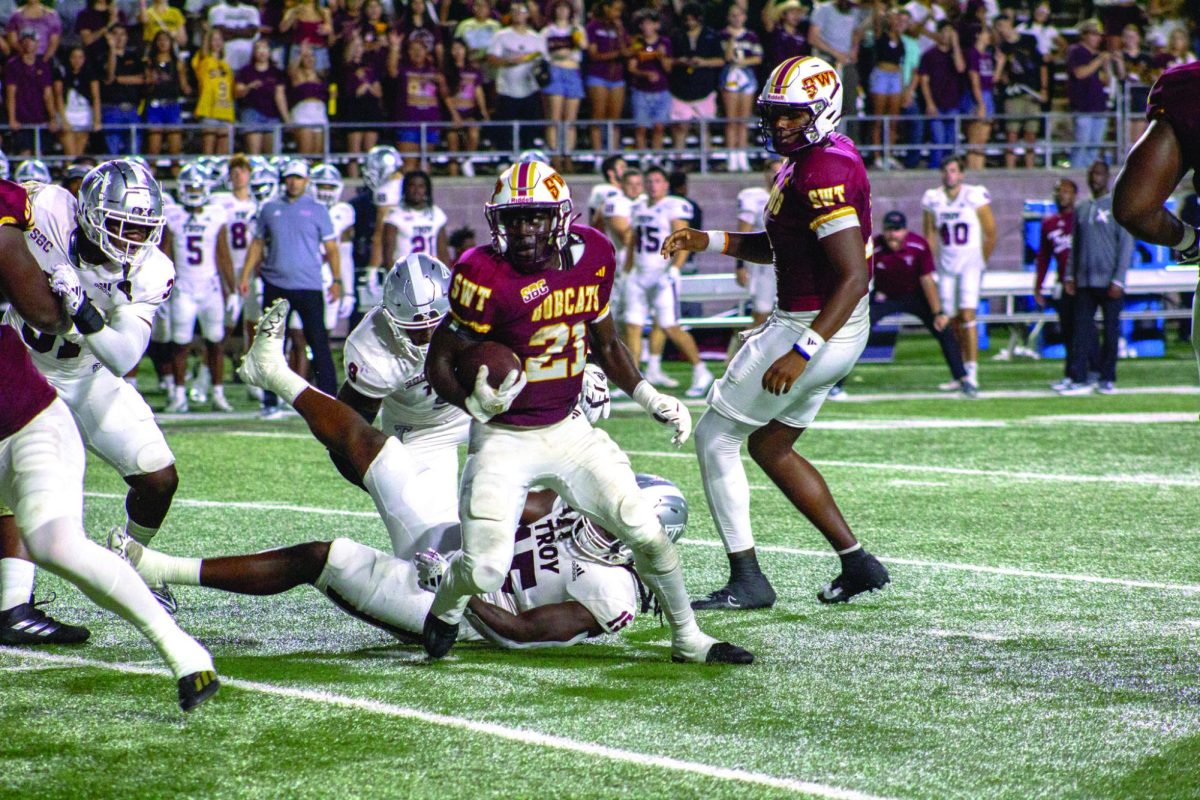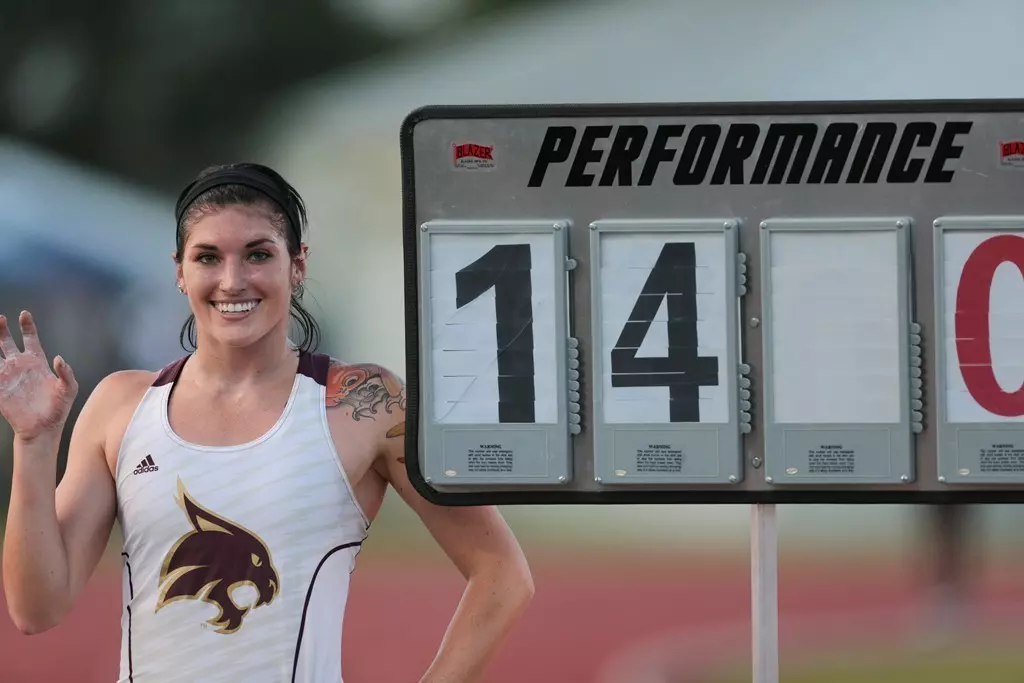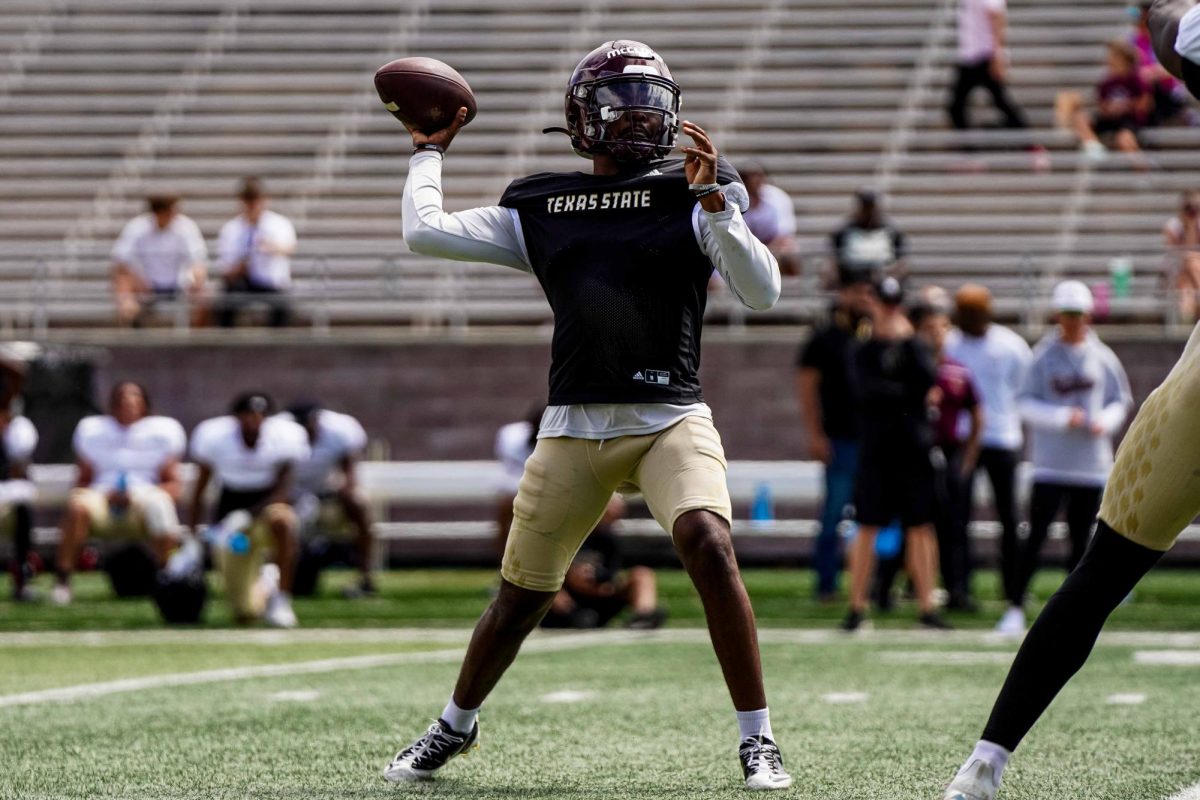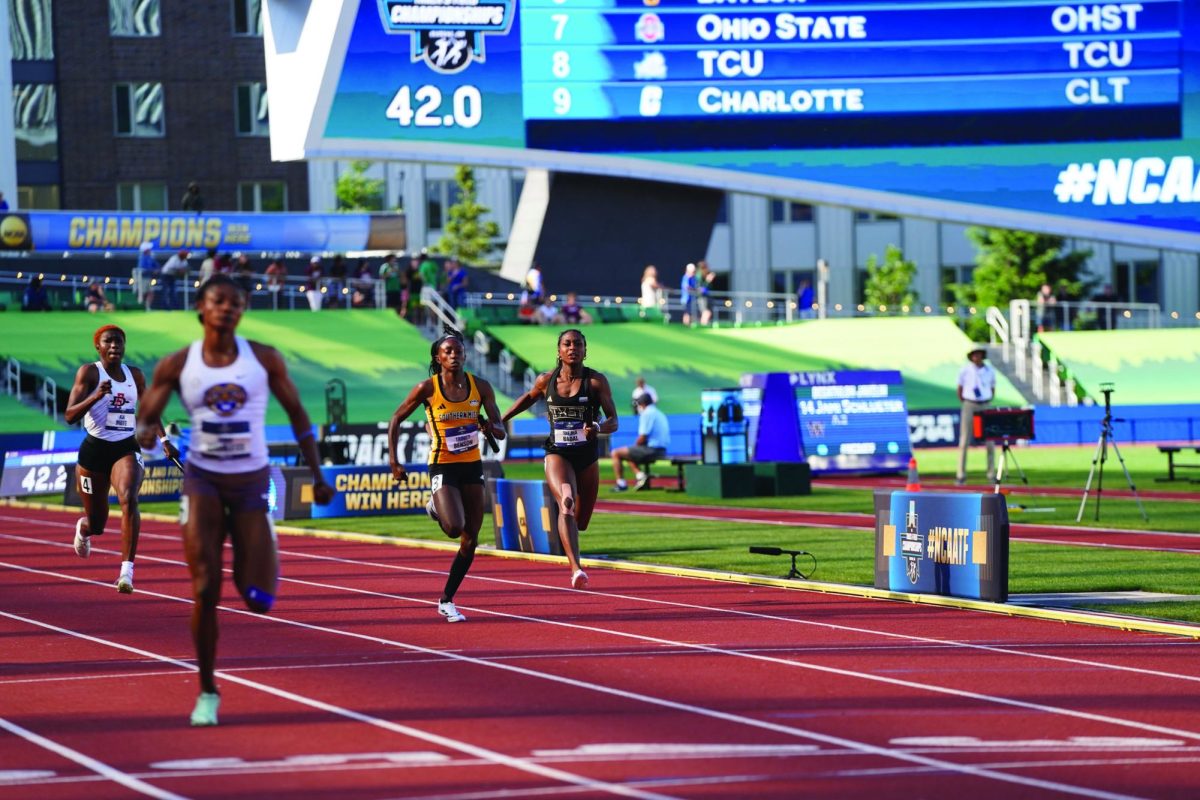The modern-day world of collegiate sport is a male dominated arena. Even with increased opportunities for women to have larger roles in the world, there remains a large gap in participation, funding and media attention.
Title IX was signed into law by President Richard Nixon June 23, 1972 and stated, “No person in the United States shall, on the basis of sex, be excluded from participation in, be denied the benefits of, or be subjected to discrimination under any education program or activity receiving Federal financial assistance.”
The law was created to allow women the same opportunities as their male counterparts.
Before Title IX entered the picture in 1972, the number of women playing collegiate sports was less than 30,000. Forty-five years after Title IX, that number has increased to over 200,000.
While participation in collegiate sport has increased amongst women, the females coaching women’s collegiate sports has decreased.
Bucking the trend, at Texas State every major sport for females is coached by a female coach.
Women in the United States have outnumbered men in college for about 35 years. Currently of the all students attending college in America, women account for more than half, making up almost 57 percent.
Despite Title IX and outnumbering men in percentage of college attendance, women only account for only 40 percent of college athletes and receive less than just four percent of media coverage.
According to an article by Motherjones.com, as recently as 2010, women’s teams received just 41.4 percent of the money spent on head coach salaries, 36.4 percent on recruiting and just 39.6 percent on overall athletic expenses. Significantly less funding than males receive, due in part to large football budgets.
Texas State University is no stranger to the same issue, as noted by senior midfielder Rachel Grout from the Texas State women’s soccer team.
“Seeing big football locker rooms and thinking ‘oh my goodness they’re so nice,’” Grout said. “Not that we don’t have nice facilities, I mean obviously football is a bigger deal than soccer, so I think that’s part of it too.”
While Texas State may fall victim to the same need to focus on football that many universities do, it succeeds in creating an environment that allows its female athletes to succeed.
The success seen by the women’s soccer, volleyball, basketball and softball teams are evidence of that environment.
For Grout, Texas State does a good job offering women equal opportunities, the inequalities often seen at other universities not affecting her.
“I think here at Texas State we’re treated equally,” Grout said. “So that’s not something personally we’ve thought about.”
When asked whether she believed she’d receive more attention if she was a male athlete, senior forward for the women’s soccer team Kassi Hormuth both felt they’d received their fair share of attention.
“I don’t know, I think we received a lot of credit,” Hormuth said.
Grout backed Hormuth, echoing the same sentiment.
“I feel like we each got the attention that we deserved,” Grout said.
The numbers back the surface image of all-inclusiveness and equality that Texas State athletics presents to the public.
According to Collegefactial.com, a college choice resource website that evaluates more than 1,300 four-year colleges and universities in the U.S. The resource website found that both male and female athletes at Texas State receive almost identical amounts of individual sports-related financial aid. Women were granted 99.1 percent of the aid men received.
Women have come a long way in college sports, but there’s still room for improvement. Title IX represents the largest step forward. There may be more women in college sports than ever before, but until they receive the same quality of facilities as men and balanced media coverage, they’ll continue to lag their counterparts.
Women in collegiate sports
November 16, 2017
Donate to The University Star
Your donation will support the student journalists of Texas State University. Your contribution will allow us to purchase equipment and cover our annual website hosting costs.


















